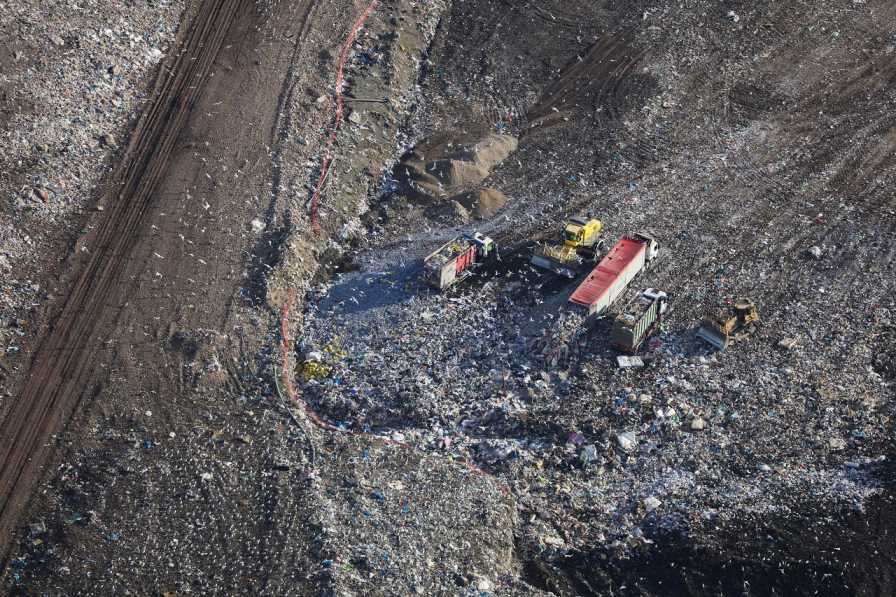Why not add these to compliment your wheelie bins?
Your basket is currently empty.
Shop NowBest Price Wheelie Bins Guaranteed! Find the same bin for a cheaper price and we will beat it!

According to official Government statistics, the UK produces 200 million tonnes of waste every year. These figures represent total economic activity, rather than simply household waste, and roughly half is generated by construction projects. But regardless of who makes the rubbish it has to go somewhere, and the amount that is sent to landfill is just over twenty-six percent. To try and help quantify this statistic, if UK landfill rubbish was deposited in Lake Windermere, England’s biggest lake, it would take only sixteen months to fill it. So, what problems do landfill sites cause? Are the current levels of waste sustainable? Furthermore, are landfills bad news per se?

The most obvious problem with landfill is that of space. The number of sites has fallen dramatically, in fact by as much as one third over the last twenty years. The ‘concentrate and contain’ option, followed by successive governments, is no longer a viable long-term option, with most estimates suggesting that we will run out of space altogether in between six and eight years’ time. However, local authorities have become renowned for consistently revising their predictions of landfill doom and the current estimates should be treated with a degree of caution. That said, it’s impossible to hide the fact that space is at a premium.
The other major problems of landfill sites centre around pollution. Some of the rubbish discarded contains chemicals that infiltrate both groundwater and soil. These nasties can have a devastating impact on wildlife and potentially ourselves. Landfills also emit methane gas, twenty times more potent than carbon dioxide, and a major contributor towards global warming.
So, is this situation sustainable? Firstly, it should be noted that the amount of rubbish going to our landfill sites is falling year on year. Since 2000 it has fallen by one third, whilst biodegradable municipal waste is less than one-quarter of the 1995 baseline figure, from which European Union targets are set. This is due to increased levels of recycling and less wasteful practices, and the UK, although not as successful a recycler as some countries, is on course to meet its European Union targets.
Britain also exports some of its rubbish to countries like Germany, who actually have a waste shortage and incinerate imports to produce energy. However, this is doing no more than papering over the cracks and the longer-term goal needs to be a concerted effort to follow the German model by further improving recycling and penalising waste, to the point where no new rubbish goes to landfill. Only this would truly solve the problem of space, but it would require both better public education and tougher financial penalties on companies who produce unnecessary waste.

Education is also a key factor in tackling the problem of pollution too, as many of the worst offenders, such as batteries, should never be sent to landfill in the first place. Of course, the past cannot be undone, and government has an obligation to clear up sites, both past and present, as happened at Brofiscin Quarry, once labelled the UK’s most toxic place.
In conclusion, the UK needs to dramatically reduce the amount of rubbish sent to landfill sites, as regardless of when space runs out, it is very much a finite resource. It also needs to increase efforts to clear existing sites up, as the pollution caused by them is unacceptable. However, the overall landfill situation needn’t be viewed in a totally negative light. Methane gas can be converted into both electricity and gas, and sites such as Avondale, in Scotland, already employ gas recovery facilities. Who knows, perhaps landfill, the current villain of UK waste, will turn out to be an important player in the search for future sources of energy.